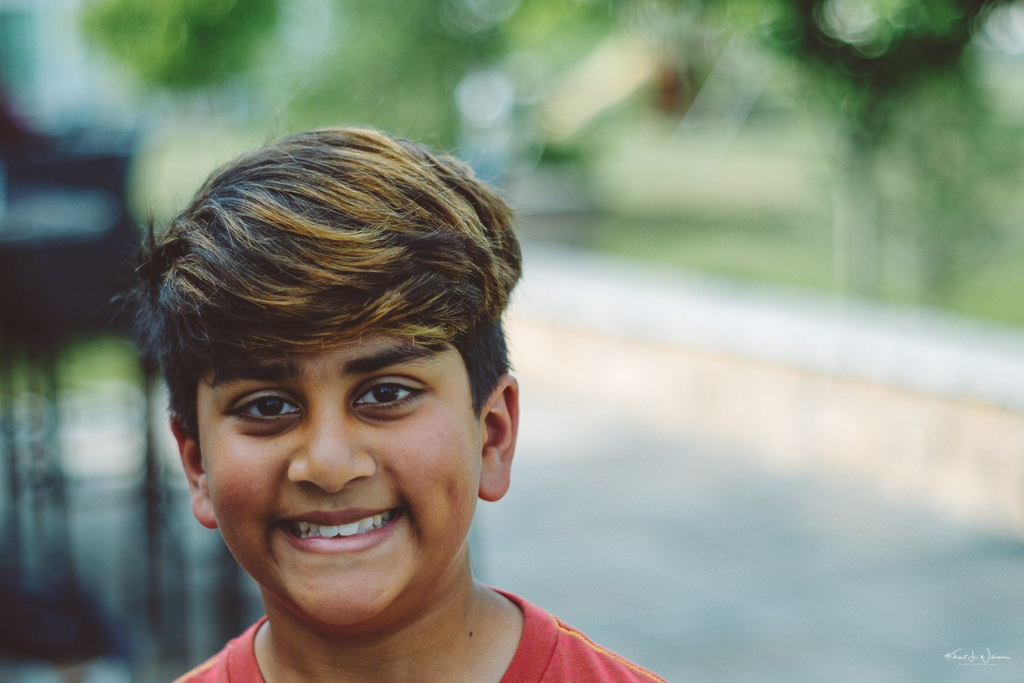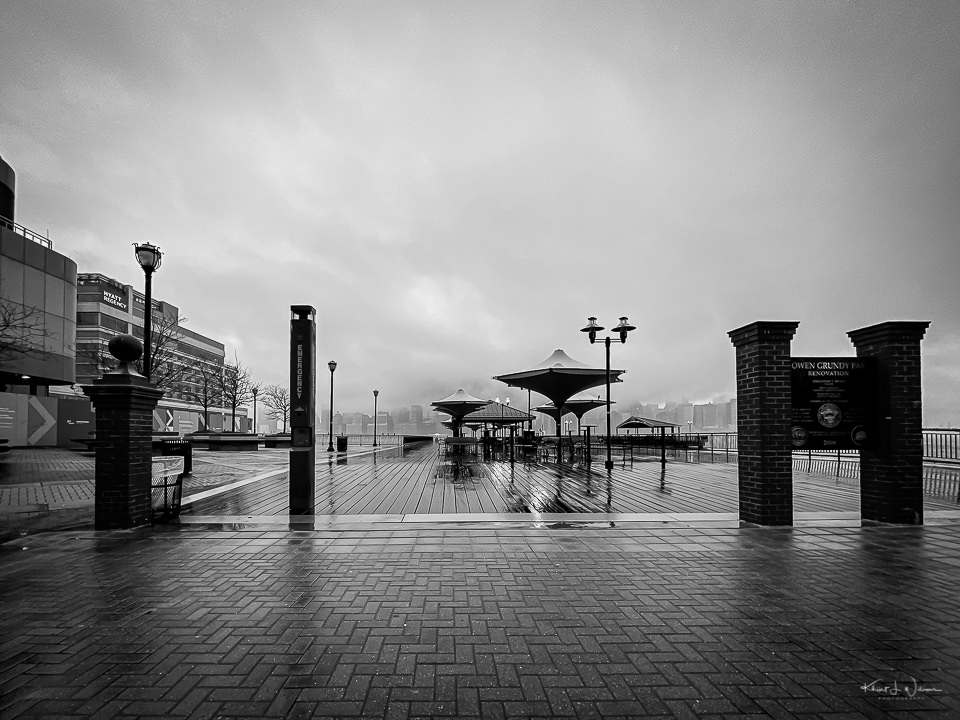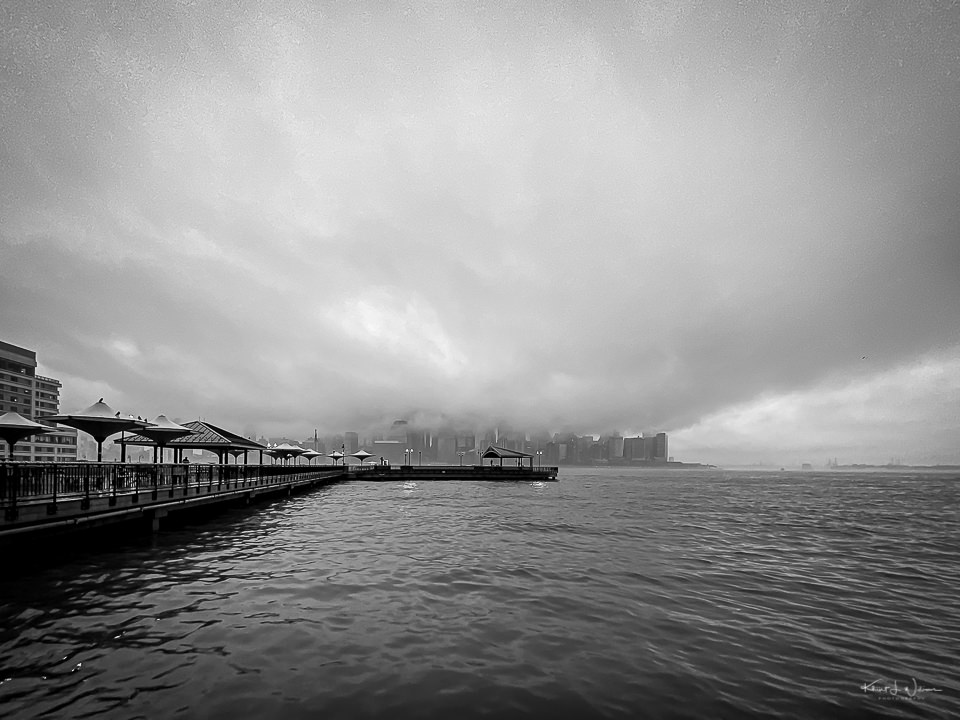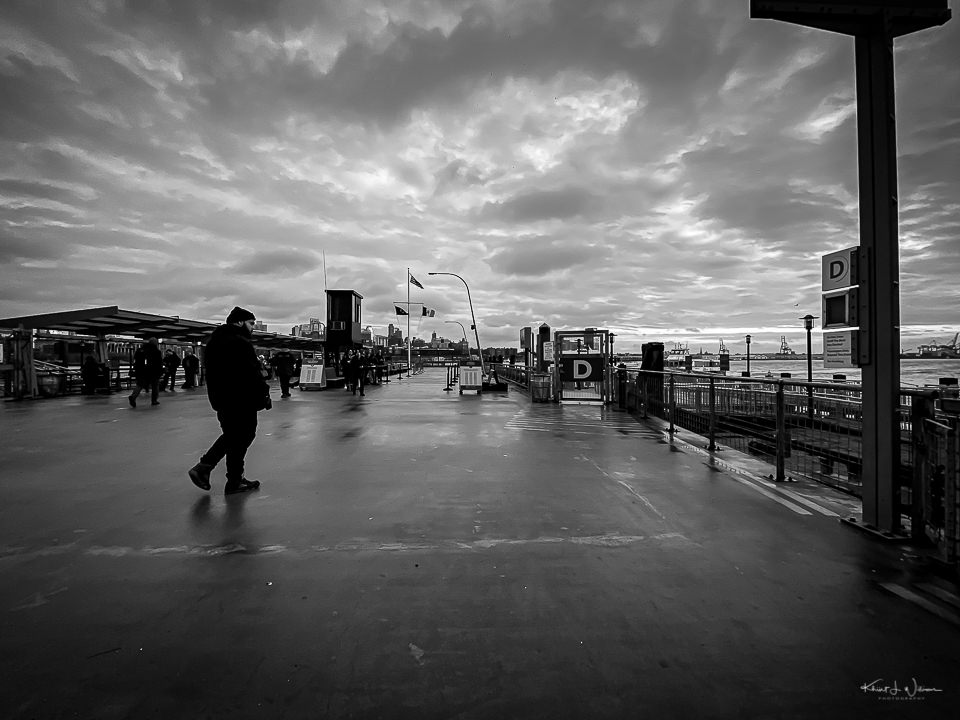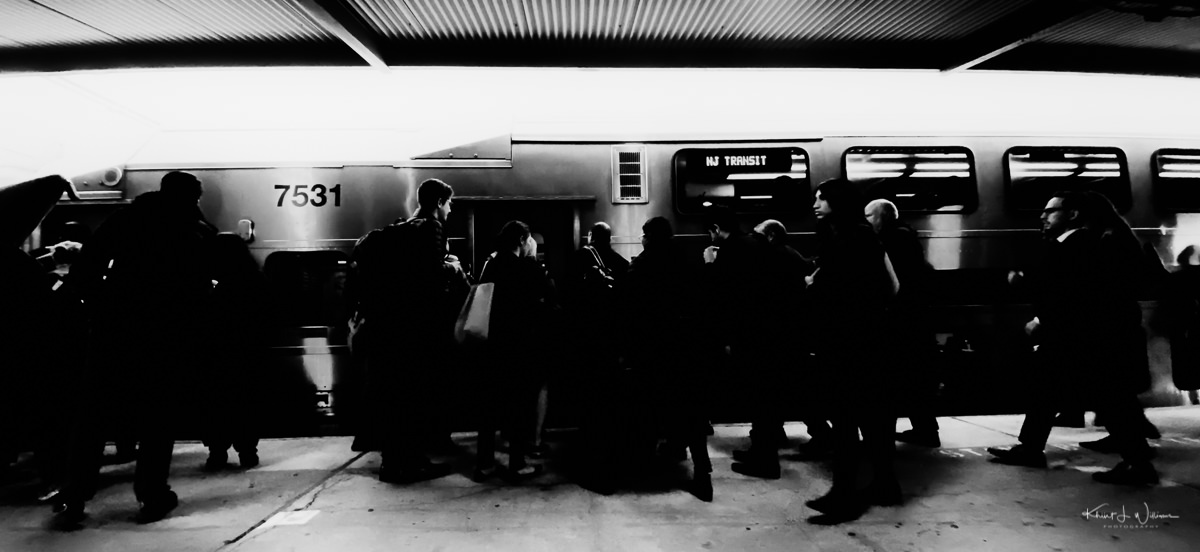Many photographers misunderstand the term Japanese term bokeh. In photography, bokeh is the aesthetic quality of the blur produced in out-of-focus parts of an image. The blur could be in the background, the foreground, or the mid part of the image. Bokeh refers to the quality of the blur, not the blur itself. Depending on the characteristics of the lens, bokeh can be good or bad.
I typically capture my images with the camera set to aperture priority mode, with exposure set to auto and ISO either fixed (35mm film) or assigned to a range (e.g. 160-1600). Ever since I bought my Fujifilm mirrorless camera, I have been attracted by the super-budget price tag and “look” that vintage lenses created. I still had my Asahi Optical Co. Super-Multi-Coated Takumar 55mm f/2 lens from my 35m film, so I melded the old and the new with an inexpensive adapter.
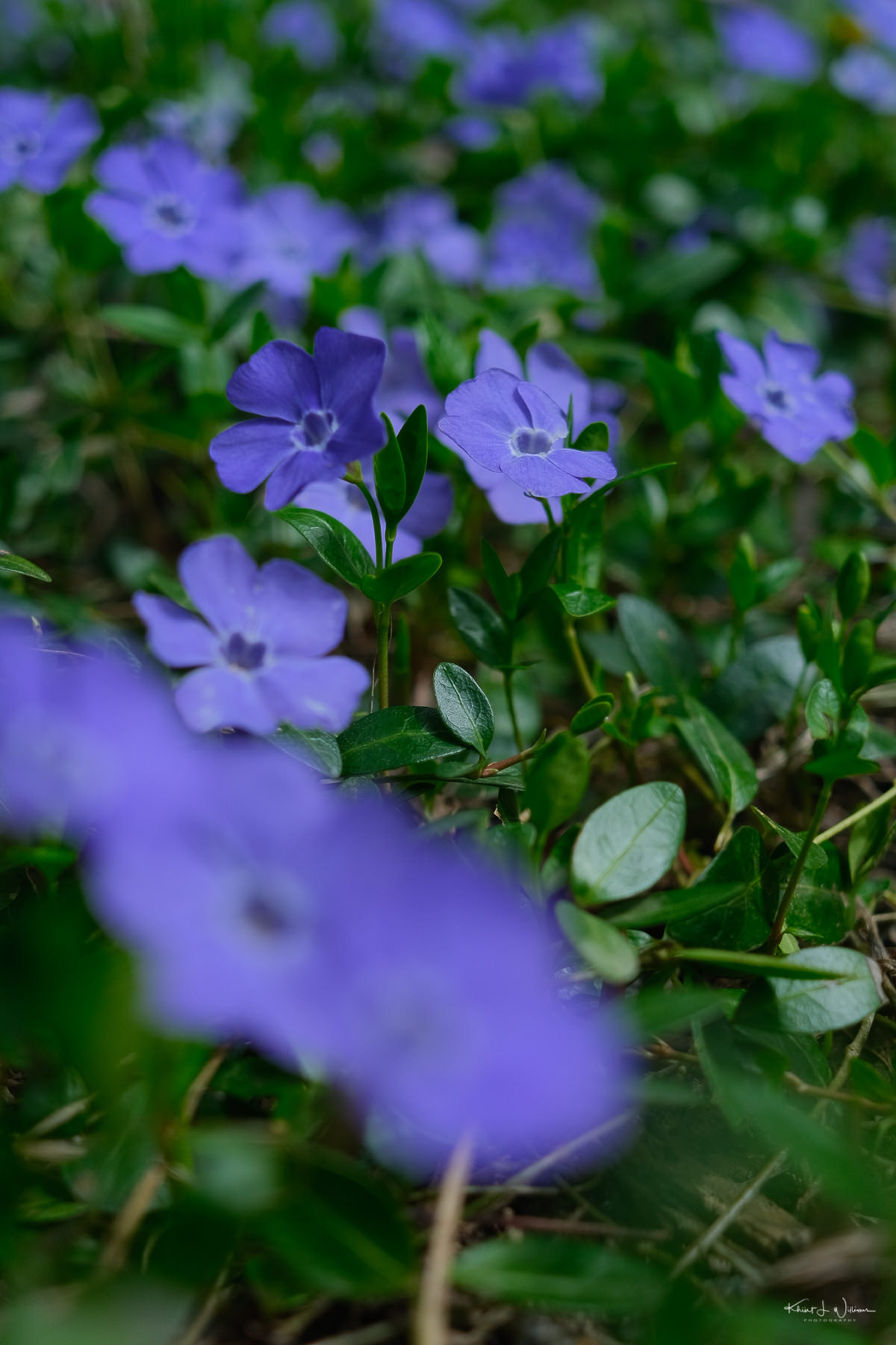
The XF27mmF2.8 R WR and XF16-55mmF2.8 R LM WR have decent bokeh characteristics, but as you can see from the images, my 40-year-old Minolta MD Rokkor-X 50mm f/1.7 lens beats them both. I have mainly used this lens adapted to my Fujifilm X-T3, where it functions as an excellent short (76.5mm full-frame equivalent) portrait lens. I love the buttery cinematic quality of the out-of-focus area that the MD Rokkor-X 50mm f/1.7 creates at f/2. I think it's the perfect portrait lens for my Fuji X-T3. Because this lens only has six non-rounded blades, bokeh is lovely and circular at f1.7, but highlights in the background become more hexagonal once I stop it down a touch to f/2 or f/2.8.
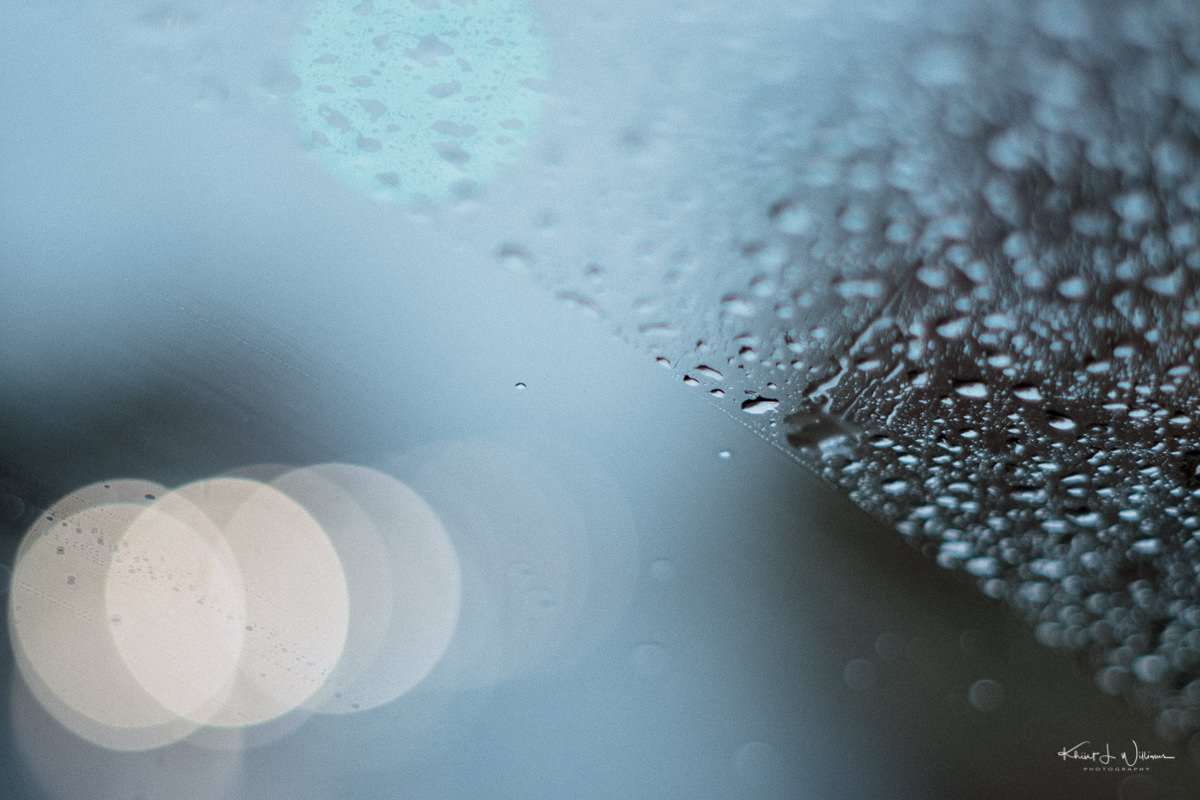
When I had the radiotherapy treatment for my Graves Eye Disease, I lay in the same position on a bed below a radiotherapy machine. A tight, form-fitting face mask was gently placed over my head and neck and fixed to where my head rested. The face mask was explicitly moulded for my head and face. The treatment took up to 30 minutes and was not painful, but I had two panic attacks during my first treatment. It took three doses of Xanax to calm me down enough to make it through the procedure. I used Xanax for the entire six weeks of radiation therapy. I had not expected panic attacks. I felt as though I was drowning.
I grew up on a farm, so I did learn to wash my hands frequently, but I have no phobias about diseases, Thank goodness. I would not be able to work in any modern office (there are no cubes or offices anymore).
I tolerated it for far too long, but the commute to Wall Street was an abomination.
Risk is defined as “the possibility of something bad happening”. I am triple vaccinated. The risks have been reduced. The possibility of anything wrong happening is extremely low. My cyber-security job involves the use of techniques and controls to mitigate risk. It’s just math, and the math of COVID suggests to me that the fully vaccinated have minimal risk.
Any risk management aims not to eliminate all risks (impossible) but to preserve and add value (being able to live life) by making intelligent decisions(get vaccinated). We all do risk management all the time. Some do it emotionally (bad), and some do it with data (sound). You do sound risk management when you buy insurance (risk transference) for your car. When you buy six jugs of milk (all of which expire are the same time) just before a major storm, you are not doing risk management; you are just panicking.

I think requiring face masks for all passengers on a plane or train is risk management theatre. It’s a performance with the illusion of control. Falguni sent me tons of information about how the air systems in the aircraft keep the air clean and how it’s safer than being in a crowded restaurant. Ok, so then why wear a face mask during the flight?
But the continued requirement to have masking on planes and trains means I can’t travel too far. Certainly not overseas to visit my Mom, whom I have not seen since March 2020. I may never see my family again.

But the short answer is:
Bhavna and I never liked crowded, noisy spaces. We tolerated it. We have always chosen early morning movie times over popular times. We always go out to dinner (~ 5:30 PM) on Tuesday nights instead of Friday nights. We go to breweries just after they open on the weekend. We pay extra for the VIP tickets to the beer fest to enter one hour before the crowd. When we visit the Jersey shore in the summer, we do it in the middle of the week. We want the best experience. We do not feel we can get that in a crowded place at popular busy times.
So if the space is crowded, then mask or no mask, outdoor or indoor, it feels like I am drowning.
